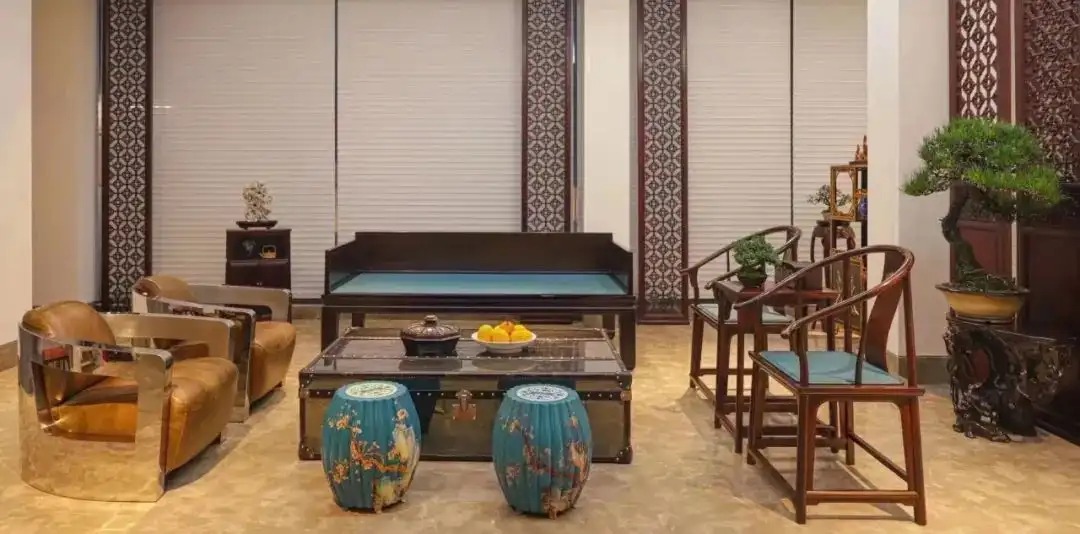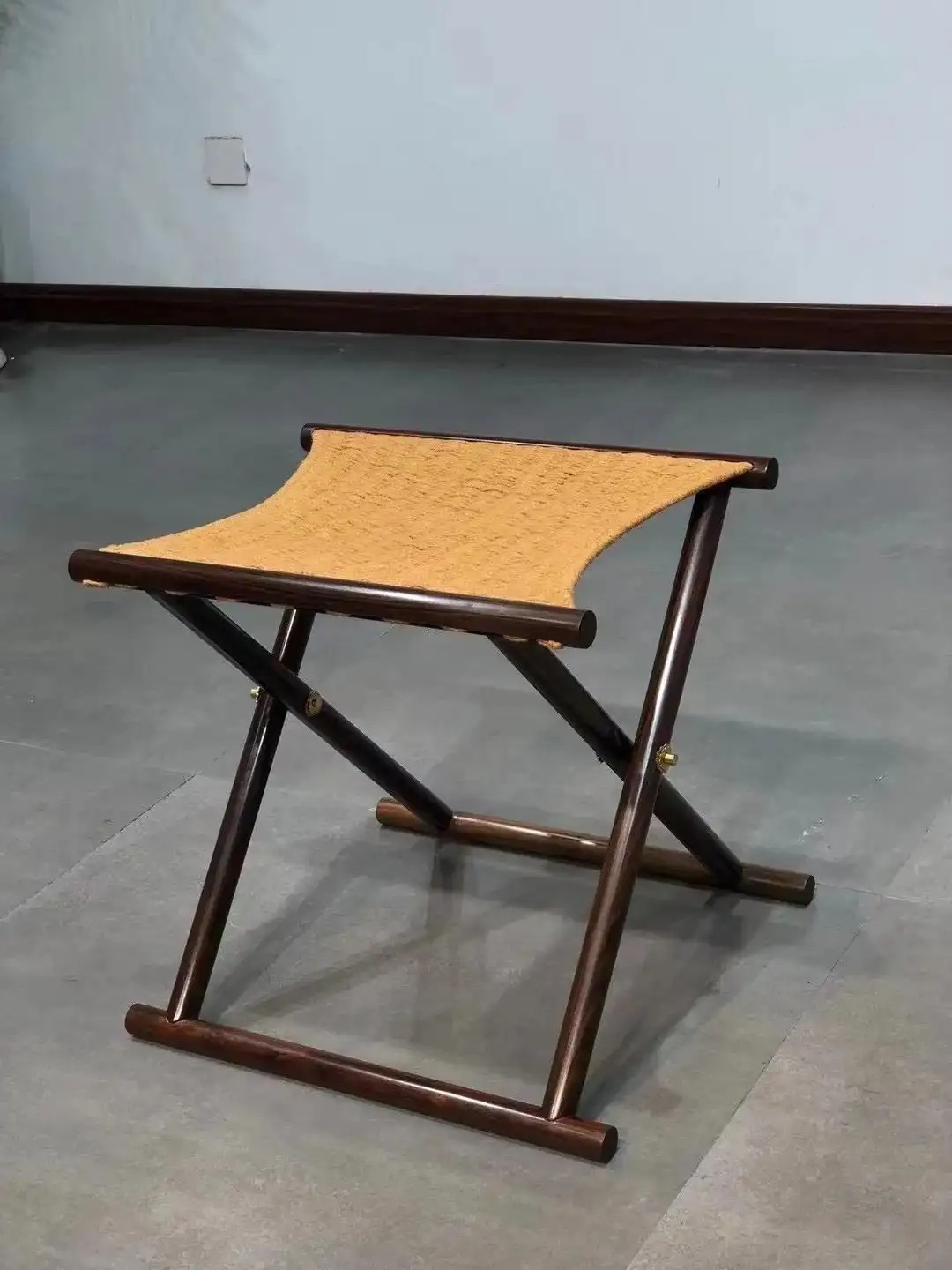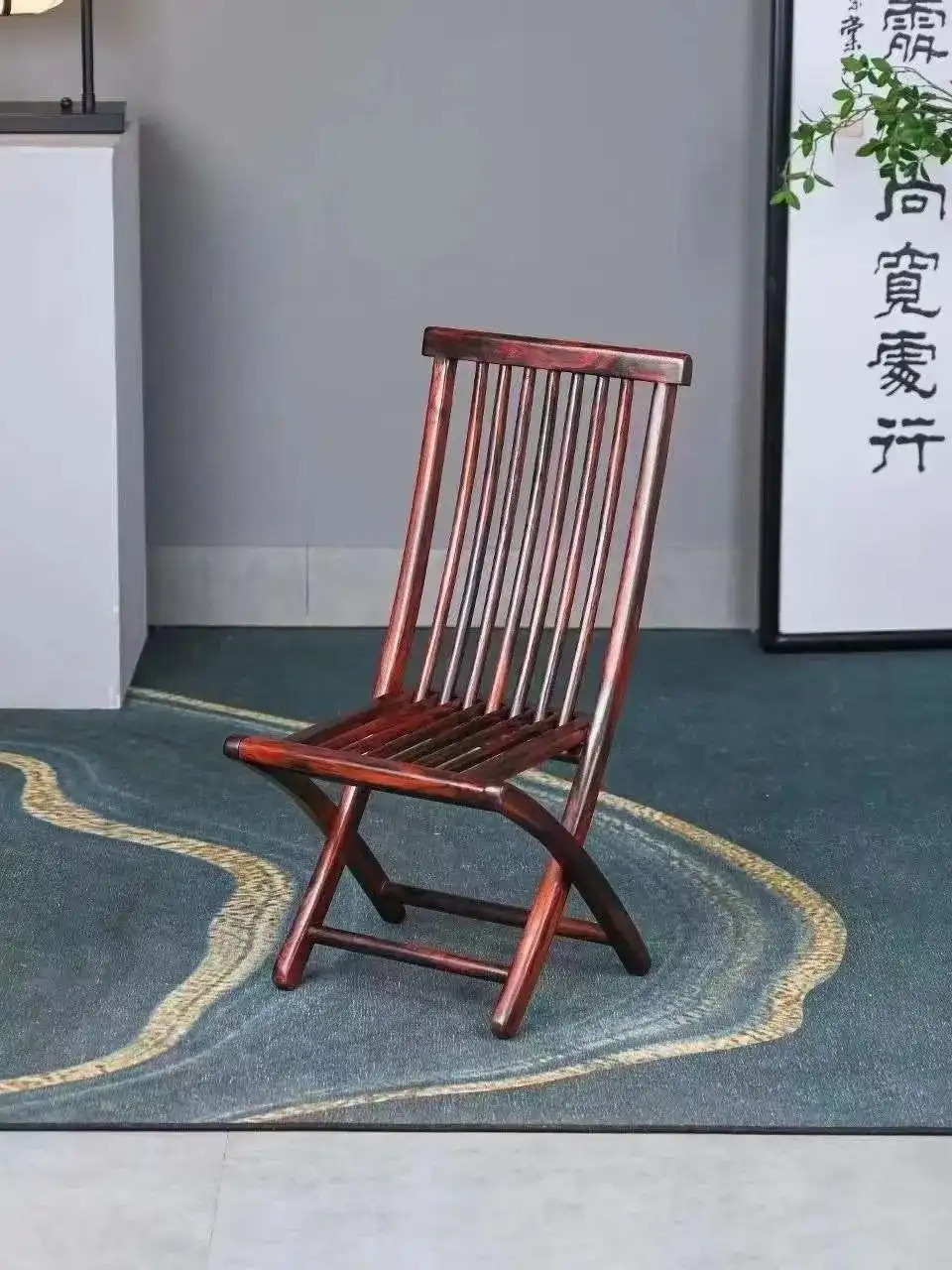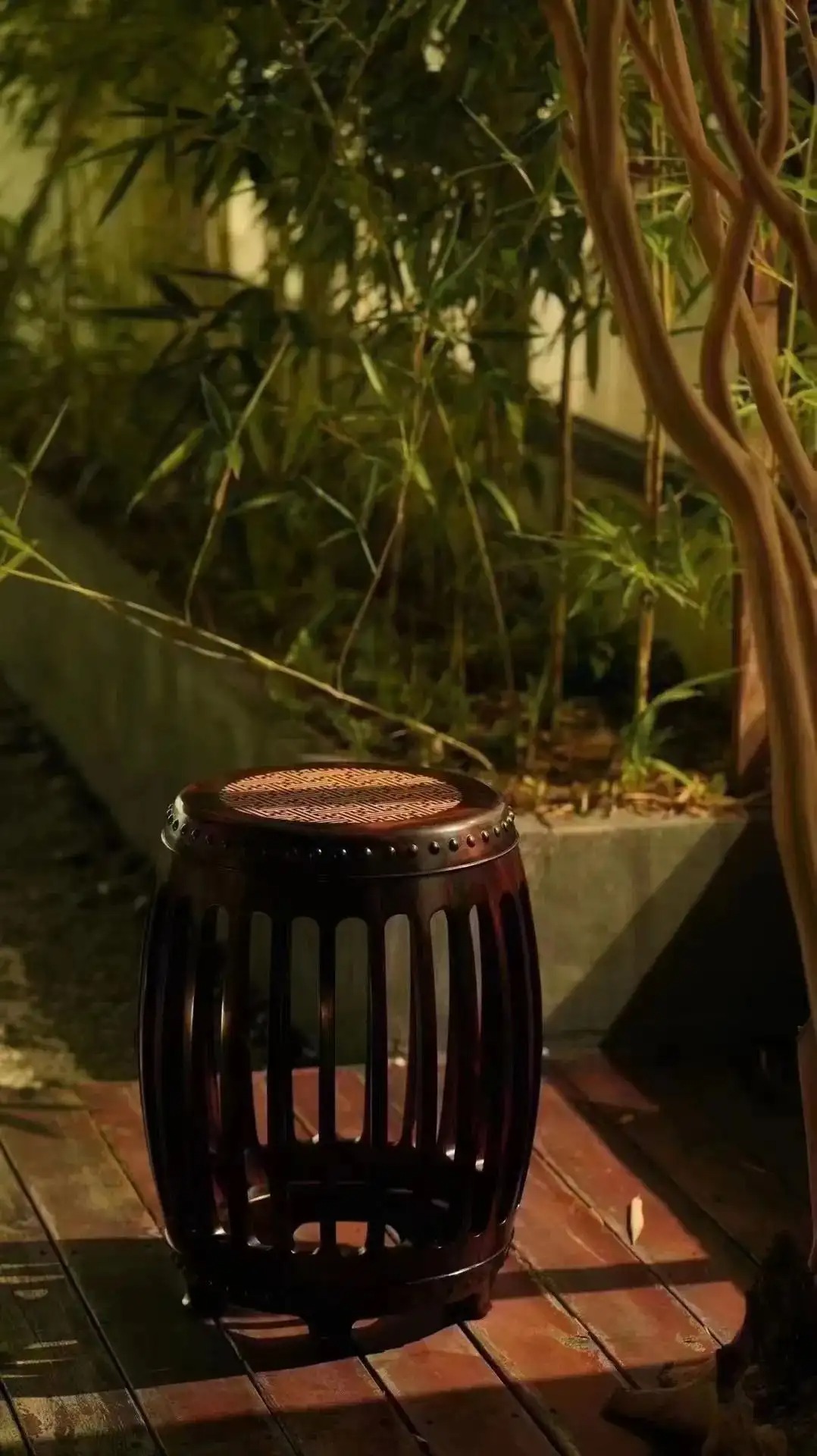The ancestor of seating stool
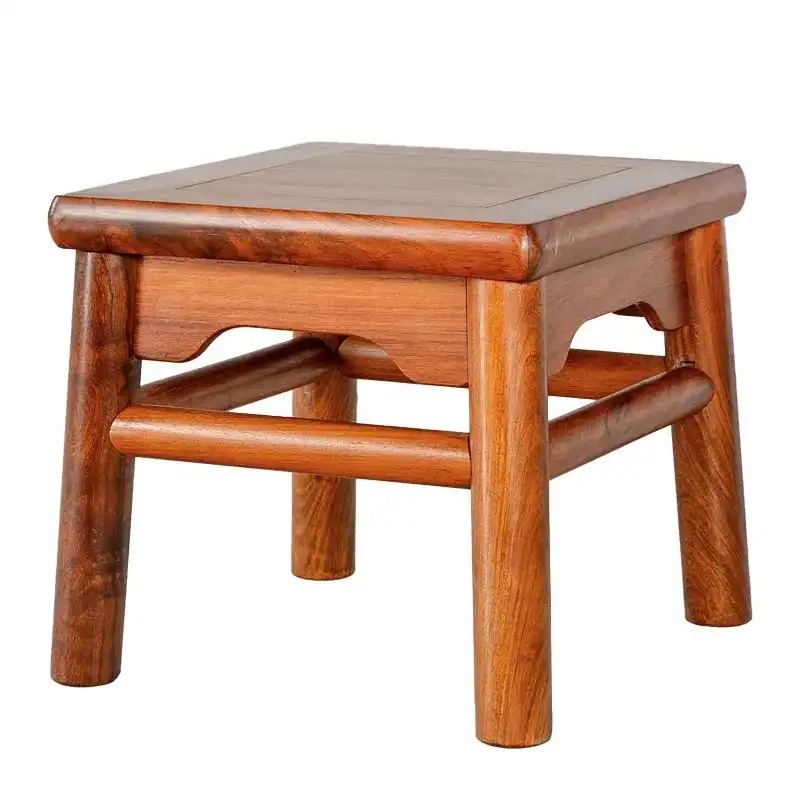
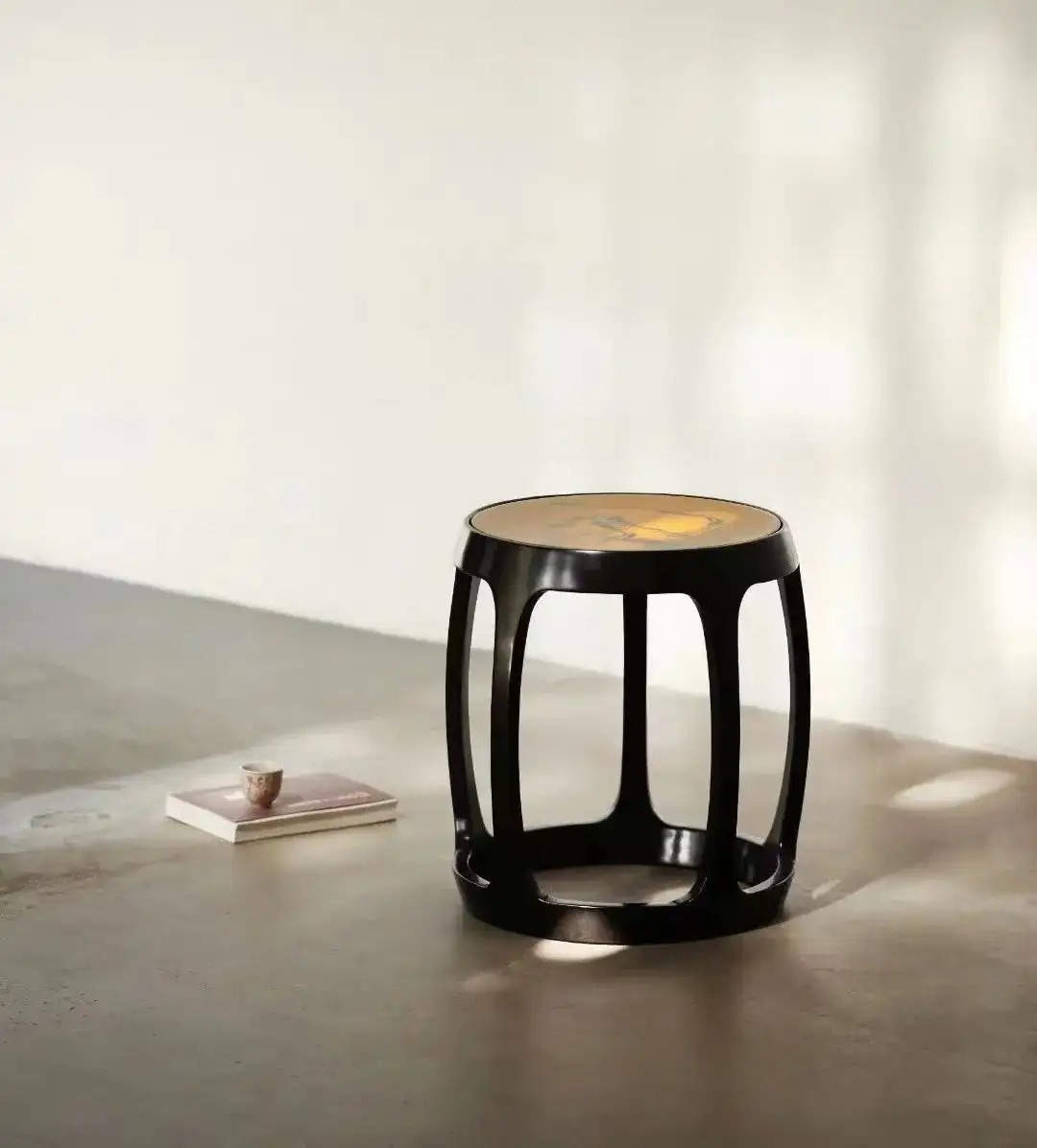
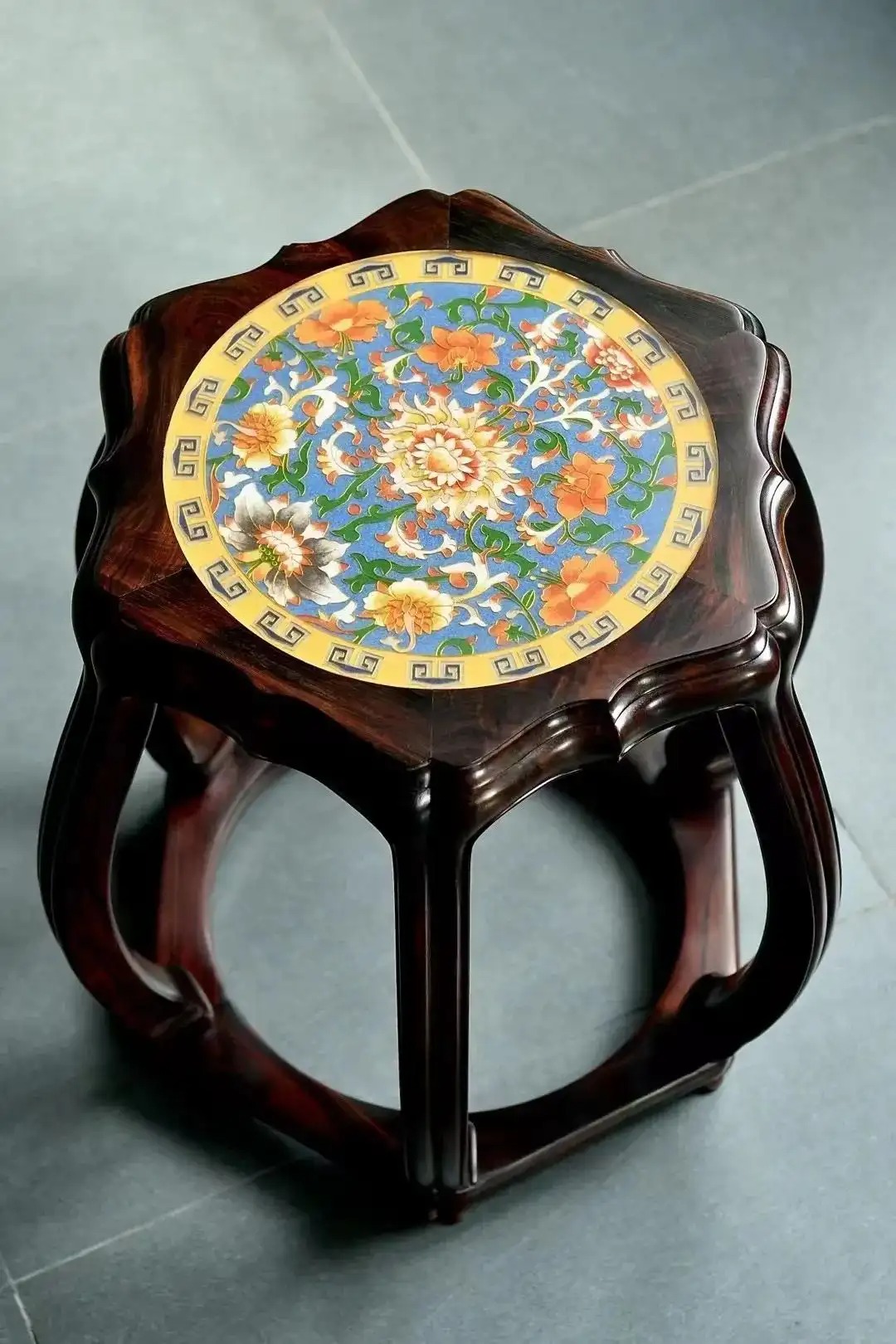
There are two types of benches: rectangular and strip. A strip bench is a bench with a strip seat, and the four legs are slanted outwards to form an eight-shaped shape, commonly known as "four legs and eight forks". Similar to the strip bench are spring benches and wooden benches. The spring bench is also a strip seat, but the seat is wider than the strip bench. The spring bench is mainly made of hard miscellaneous wood in its original color or painted with oil, with teeth and hanging heads on the four sides. The seat is a drop-down style, with different treatments such as hardwood or rattan. The wooden bench is also a strip seat, but it is simpler and more rustic. Generally, it is a rough bench made of miscellaneous wood with a hard board seat.
